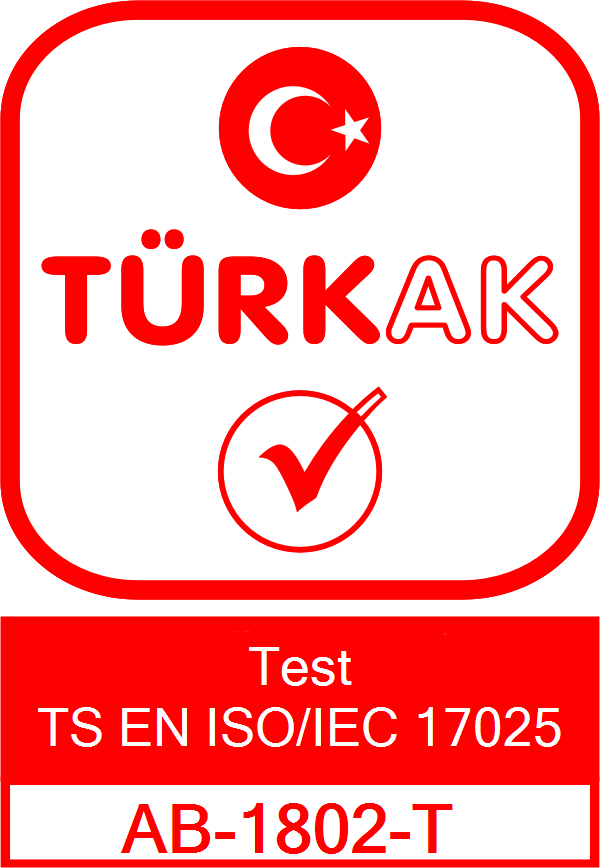Azo Dyes
Azo dyes are chemical compounds that are frequently used especially in textile products and some plastic materials. Some derivatives of azo dyes can release substances that can cause carcinogenic or allergic reactions. Therefore, the use of azo dyes, especially in children's toys, is limited or prohibited in many countries.
Various spectroscopic, chromatographic and electrochemical methods are used for the determination (analysis) of azo dyestuffs. A commonly used protocol for the detection of azo dyes is as follows:
Sample Preparation: First, a suitable sample is taken from the toy and extracted in a suitable solvent. This allows azo dyestuffs to be isolated from the sample matrix.
Extraction: Azo dyes are extracted, usually using an ultrasonic bath or by concentrating the extract with a rotary evaporator.
Analysis: Analysis of the extract is usually done by High Performance Liquid Chromatography (HPLC) or Gas Chromatography (GC). Azo dyes can usually also be detected by UV-Visible spectrophotometry.
Detection: The analysis results are compared with known standards to determine and quantify the azo dyestuffs in the sample.
The effectiveness of these methods may vary depending on the sample matrix, solvents used and analyzers. Therefore, it is important for every laboratory or analyzer to perform calibration and validation studies prior to analysis.

